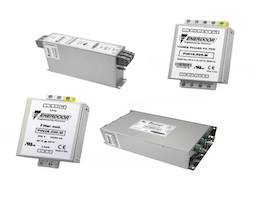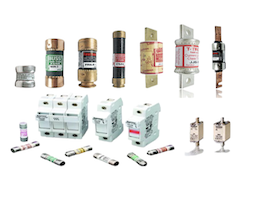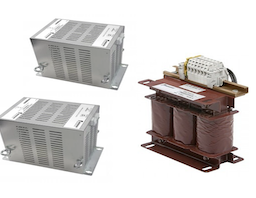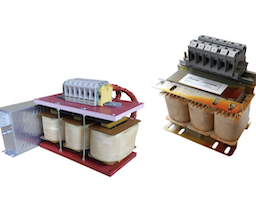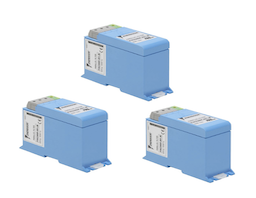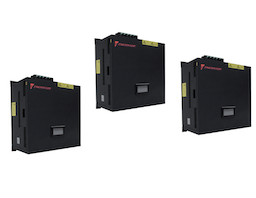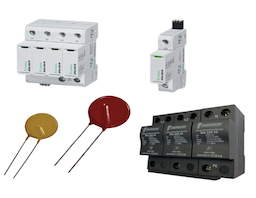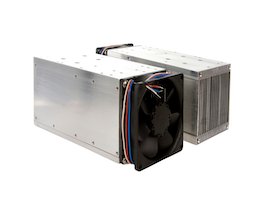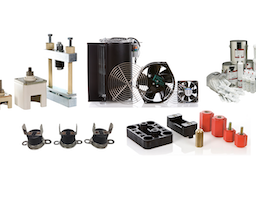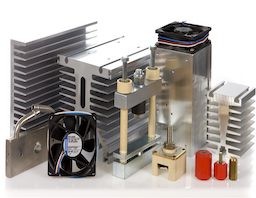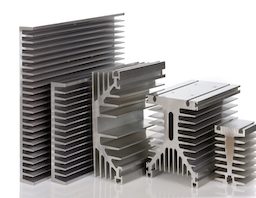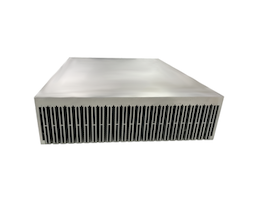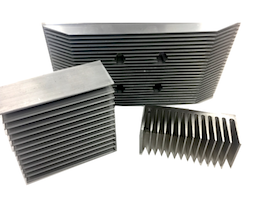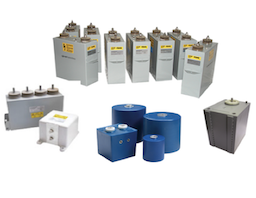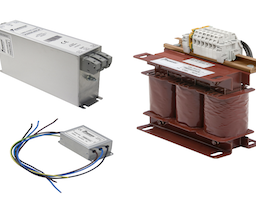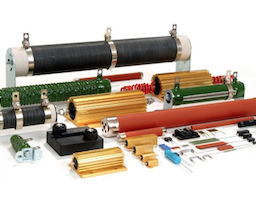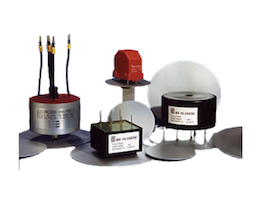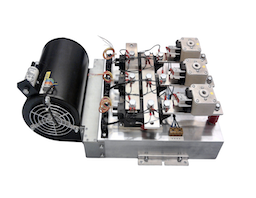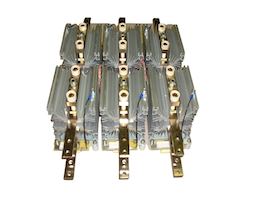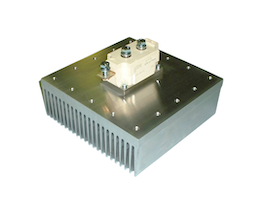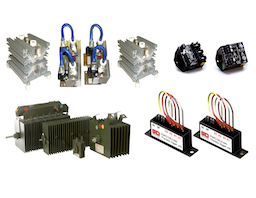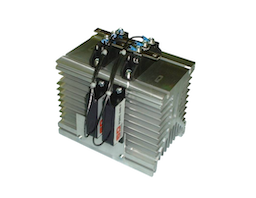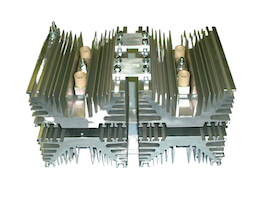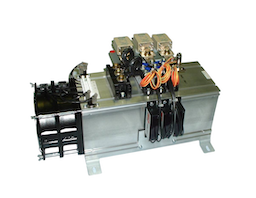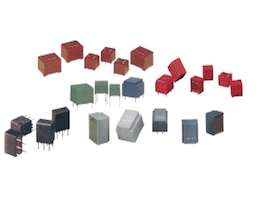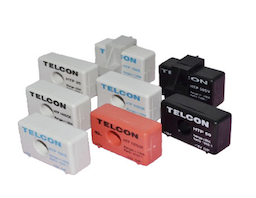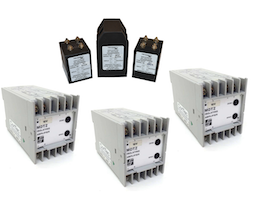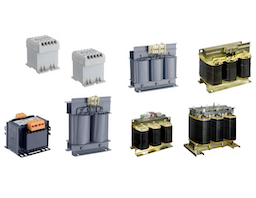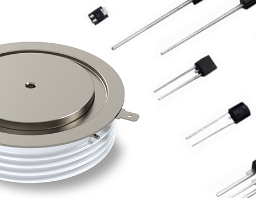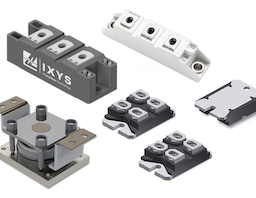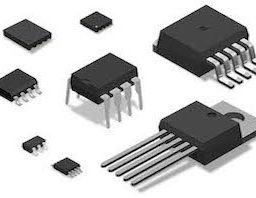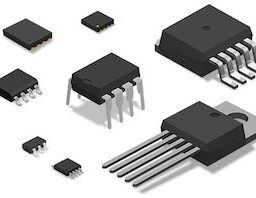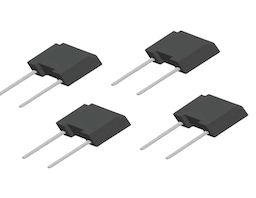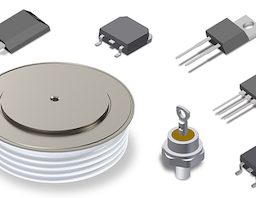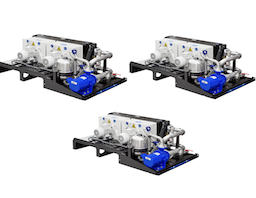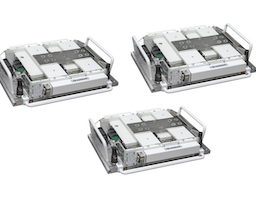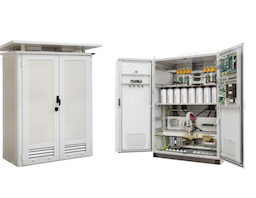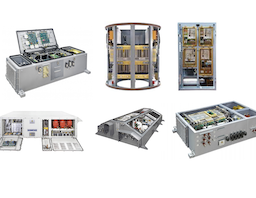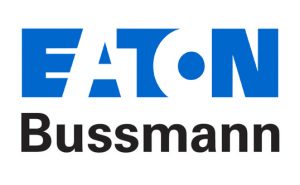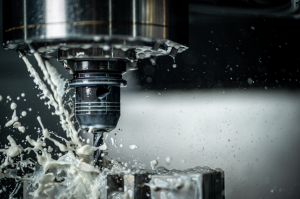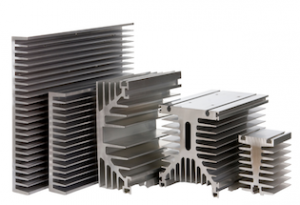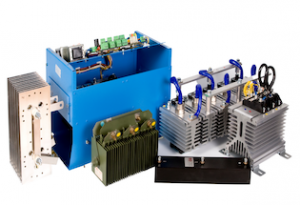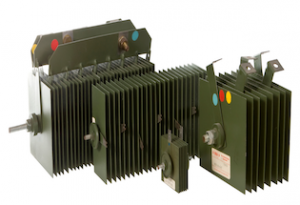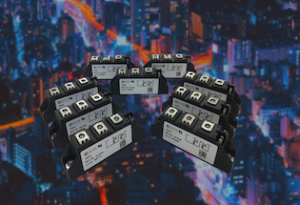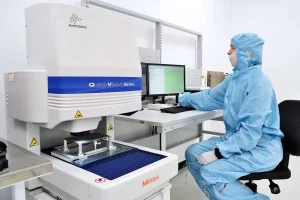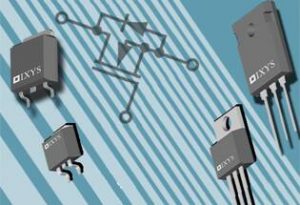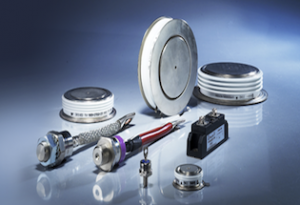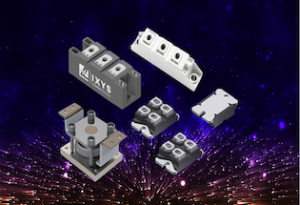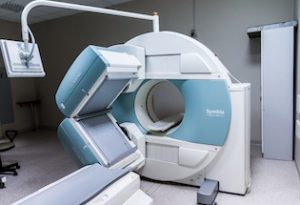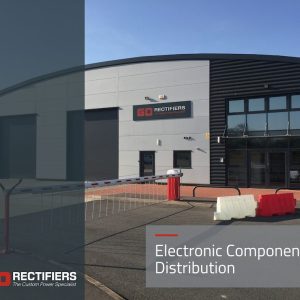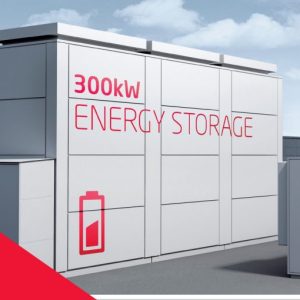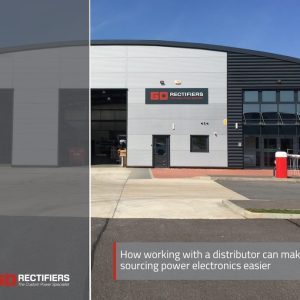13.03.2019
Interview with Paul Bentley, Managing Director of GD Rectifiers
Published on: 13/03/2019
Learn more about one of the UK’s leading distributors of power electronic components in an interview with Paul Bentley
GD Rectifiers has been a distributor of power semiconductors for over 54 years, as the industry’s one-stop shop for power electronic components, they offer a wide range of standard and customised solutions.
Alongside distribution, GD Rectifiers works closely with customers to design and manufacture bespoke components, including: selenium and silicon rectifiers, suppressors, inverters, regulators, capacitors, heatsinks and power assemblies.
They manufacture an extensive range of power components and assemblies to suit all applications. They design and manufacture a wide range of heatsinks suitable for power semiconductors, LED lighting and commercial applications, and also offer a repair and replacement service for faulty or ageing semiconductor rectifiers, converters, inverters and regulators.
GD Rectifiers is more than a distributor of electronic components; they offer a wide range of niche services suited to engineers and purchasers with a focus on customised solutions, from design and build to prototypes and mass production runs. Paul Bentley, Managing Director reflects on their journey so far and discusses what the future has in store for the power electronics industry.
Interview with Paul Bentley
1) GD Rectifiers has been around for 54 years. Can you give us a brief history of the company?
The company was founded in 1964 as Semikron Rectifiers & Electronics Ltd and began initially as a distributor for Semikron. In 1985 the company was renamed to GD Rectifiers and in 1994 we became an official distributor for IXYS Corporation; IXYS UK Westcode, IXYS RF and IXYS ICD which provided a broader product offering of diodes, MOSFETs, IGBTs, RF Modules, thyristors, heatsinks, power assemblies, fuses and capacitors.
I joined the company in 2002, that same year we launched a power assembly manufacturing facility offering single phase, three phase and hexaphase assemblies. Five years later, in 2007 we launched a heatsink manufacturing facility offering an extensive range of aluminium heatsinks and started providing customised heatsinks for the rail industry.
In 2015 we built a new modern, state-of-the-art factory and office in Burgess Hill which we moved in to in December. Over the last 10 years we have become official distributors for some of the world’s leading power electronics brands, including: IXYS, Semikron, Eaton Bussmann, Mersen, API Capacitors, KONČAR, Enerdoor Group, Ocram, Sirio, Telcon, Electronic Devices Inc and United Automation.
2) What are the key markets for GD Rectifiers and do you envisage these changing in the future?
Our key markets are industrial power control applications that require regulators, inverters, rectifiers, suppressors, power assemblies and heatsinks. We are BSI certified for compliance in low-voltage switchgear and control gear, contactors, motor starters, AC semiconductor controllers, contactors for non-motor loads and semiconductor converters.
We have always primarily been a distributor of semiconductor components but over the past five years have been branching out in to ancillary parts used with semiconductor devices such as traction converters and subsystems, liquid cooling systems, surge arresters and voltage stabilisers.
Recently we’ve seen a shift in demand for heatsinks designed for LED lighting applications, and a steady growth for power assemblies, heatsinks and semiconductor component sales. Component sales will continue to rise as the automotive industry continues to manufacture electric vehicles.

3) Beyond the basics of distribution and delivering products to customers, what is your strategy to support engineers and especially the new emerging community of ‘makers’?
We work extremely hard to support engineers and procurement specialists by providing great product data and technical expertise. We work with in-house engineering teams to provide on-going support on product designs.
We also advise our customers on the best products to use on new projects and how to phase out old components with modern day alternatives.
We continuously work with makers on the design, component selection and prototyping of their projects. We try to offer the best possible price, lead time and technical support for their requirements. Engineers, procurement specialists and makers that shop with GD Rectifiers appreciate having direct access to our engineers so we can help answer any technical questions and solve any issues they have.

4) How is GD Rectifiers and the industry in general looking to excite engineers of the future?
We look to excite the new generation of engineers through design and innovation. We work with young talent by providing engineering work placements to students at local colleges and universities. We’re also hoping to explore engineering apprenticeships and workshops for those wanting to pursue a career in mechanical engineering in 2019.
The industry on a larger scale is looking to nurture its relationship with colleges and universities to build a platform between education and engineering. It’s important for us all to raise awareness of the careers available in engineering so that we continue to keep the industry booming in the UK.

5) Which are the areas that OEMs need the greatest technical support?
In general, OEMs require greatest support in high powered cooling solutions, such as rectifier cooling solutions. GD Rectifiers works with engineers on the product design and end application to ensure a tailored cooling solution is designed for optimal performance.
GD Rectifiers are known as the go-to technical specialists, offering support and advice on product selection, testing and obsolescence. We often support other electronic component distributors on a technical basis too.
6) What are the main challenges that the supply chain sector will face in the next five years?
The demand for semiconductor components from the automotive industry will continue to rise which will put a strain on the distribution model causing distributors to ensure they have a firm product supply chain in place. End users will need to start providing accurate product forecasts to distributors so they can ensure they have a sufficient stock package in place.
In the UK, uncertainty about the outcome of the on-going Brexit negotiations remains very high and businesses are still uncertain about how Brexit will impact their industry and whether their supply chain will be affected by new custom and boarder controls.
7) How is the electronics supply chain changing and what are GD Rectifiers doing to address this?
The industry is experiencing long lead times on semiconductor components, due to the launch of the Internet of Things (IoT) and the demand of electric vehicles.
As the demand for semiconductors continues to rapidly increase we are continuing to see lead times being pushed out, with some components on a lead time of up to 26 weeks.

As an official distributor for over 26 of the world’s leading manufacturers, we are well stocked on components offeringour customers competitive pricing and next day delivery. We speak to the factories daily to ensure we have real-time product information, availability and lead times which enables us to communicate these effectively to our customers. A large number of our customers’ place scheduled orders with us so long lead times do not have much of an impact on them. During times when demand is high and lead times get pushed out over 12 weeks we strongly advise customers to place scheduled orders to avoid disruption to their component supply.
For further information on GD Rectifiers or to discuss your upcoming component requirements, please call: 01444 243 452 or email: [email protected].
